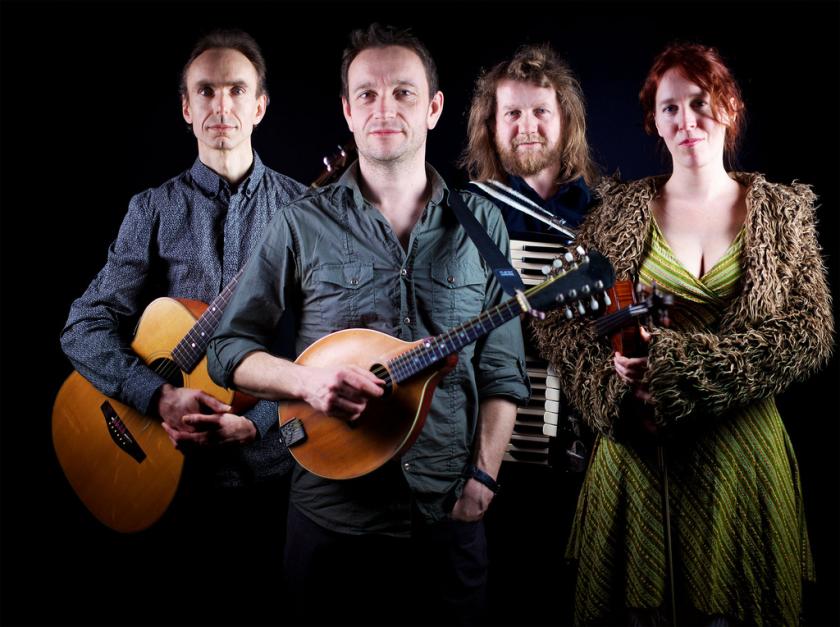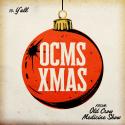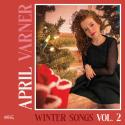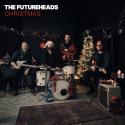If the three-day Songlines Encounters Festival got off to a rousing start with folk-punk rowdiness from Poland’s R.U.T.A, by last night things were decidedly more genteel. The Festival, anyway, was an exhilarating musical voyage. Spiro’s last album is called Kaleidophonica, and sports a dizzying cover. Rather than the lysergic rush that might suggest, their music is pastoral but as intricate as a Swiss watch, seemingly restrained but with visionary undercurrents.
The Bristol-based instrumental band have been going for 17 years. A couple of years ago they were signed to Peter Gabriel’s Real World label and recorded Lightbox, expertly produced by Simon Emmerson. Their resilience has paid off, and only now are they reaching a wider audience.
Several of the tracks played here were based on English folk songs. “Softy Robin” was a Lancashire folk tune, reimagined. Another was the Northumbrian classic “Bobby Shafto”, renamed and played with pizzazz as “Shaft”.
They flirt with whimsy but they also have elements of a peculiarly English mysticism
When Joe Muggs and I were doing a recent artsdesk radio show (listen here) on the theme of “post genre”, Spiro seemed a perfect example. They mix the tunes and the folk line-up of guitar, accordion, violin and mandolin with music informed by the 1970s systems music of Steve Reich and Philip Glass. The nearest English equivalent would be the folk-classical-world mélange of the Penguin Café Orchestra.
Yet if, like the PCO, they flirt with whimsy, they also have elements of a peculiarly English mysticism. I found myself thinking of George Herbert or the Thomas Traherne of “The Corn was Orient and Immortal Wheat which never should be reaped, nor was ever sown. I thought it had stood from Everlasting to Everlasting.” One tune - “Yellow Noise” - was about the sun unexpectedly blasting through the grey skies.
On several songs, like “Antrobus” (named after a village in Cheshire), the accordion acted as a chorus in the absence of voices. One would like to hear an arrangement for some of their music with a choir of some sort. Although their albums show a wonderful and even unsettling precision and exact levels of presentation, I did find their live act didn’t quite live up to the albums.
This is perhaps because in comparison their live moves are rather diffident and uncoordinated, despite the periodic efforts of the flame-haired violinist to rock out. It may be more fun to see them at a futuristic barn dance smashed on cider rather than in the temple of Modernism that is Kings Place. Maybe they should think about what they wear more, get a choreographer in. Or perhaps work with dancers, use abstract or natural patterns on a back screen. Everything else about them is innovative and unsettling. As it is, the mystery and beauty of their albums was rather undercut by their less-than-charismatic stage presence.
Listen to Spiro















Add comment